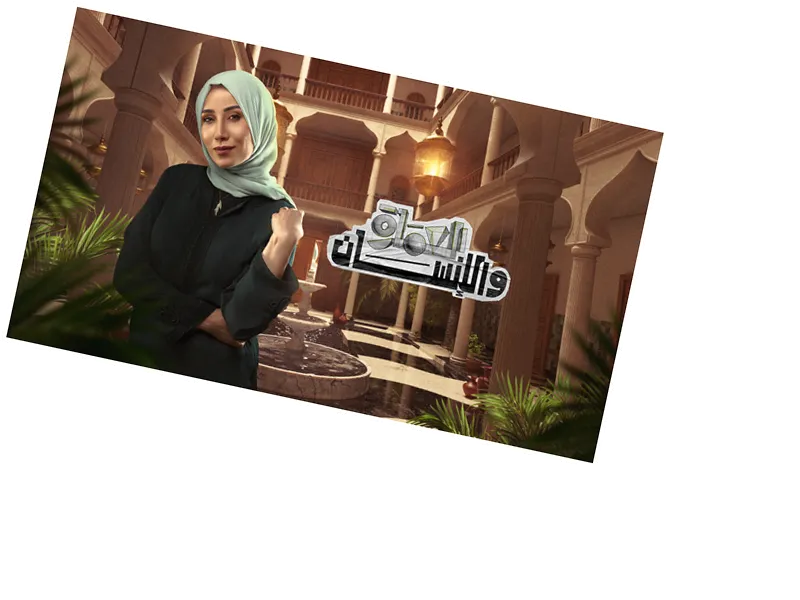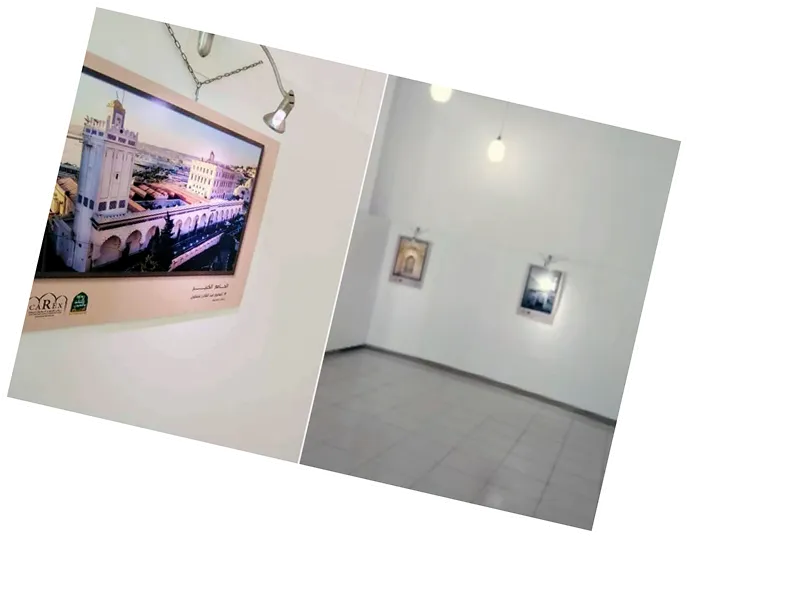The Impact of Architecture on Identity and Culture
The recent episode of the “Architecture and Humanity” program delves into the profound influence of architecture on our lives and identities. It highlights how modern shopping malls, traditional Moroccan riads, and the political implications of tree planting in occupied territories shape cultural narratives. The series begins by contrasting the evolution of shopping malls with traditional markets, emphasizing the shift from cultural hubs to consumer-centric spaces. Unlike the vibrant social exchanges of historical markets, today's malls focus on maximizing consumer spending through entertainment and leisure activities.
In the Moroccan city of Marrakech, the architectural style of riads exemplifies a unique approach to home design that promotes equality among residents, regardless of their economic status. The riads are characterized by their high privacy and aesthetic uniformity, creating a sense of community while safeguarding individual stories behind their intricately designed doors.
The series also addresses the contentious issue of how the Israeli occupation utilizes tree planting as a method to obscure the history of Palestinian villages. The discovery of remnants of these villages beneath what are termed “national forests” challenges the narrative of Palestine as a land devoid of people. Personal accounts, such as that of South African Jewish writer Heidi, reveal the emotional and historical significance of these findings, underscoring the role of afforestation in the erasure of Palestinian identity.





